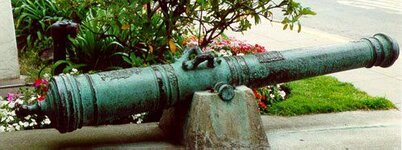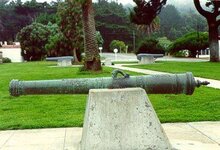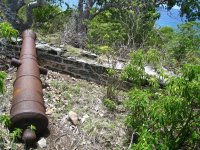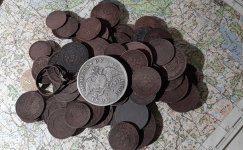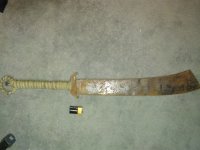Highmountain
Hero Member
Several men recently brought a Spanish cannon out of the designated National Wilderness area of the Black Range near the Continental Divide. [They have a problem but they mightn't be aware of it yet]. It was on the surface, but well-concealed by vegitation and deadfall. Probably the group who removed it located it from the air by use of IR or another, more sophisticated method.
Below are pics of Spanish artillery pieces similar to the one removed, first and second pics being most similar. The piece appears to date from the 1500s-1600s.
The question I'd pose to anyone with a knowledge of the history of the area: What was a Spanish cannon doing there to be found? It was located in high, rough country within a short distance of the Continental Divide. The effort of getting it there must have been unimaginable.
I'd appreciate anyone with a knowledge of Spanish expeditions to that area who has a splinter of information or documentation indicating the Spaniards carried one, or more field pieces into the upper-Gila or Black Range at any time, posting it here, or contacting me.
Thanks,
Jack
Below are pics of Spanish artillery pieces similar to the one removed, first and second pics being most similar. The piece appears to date from the 1500s-1600s.
The question I'd pose to anyone with a knowledge of the history of the area: What was a Spanish cannon doing there to be found? It was located in high, rough country within a short distance of the Continental Divide. The effort of getting it there must have been unimaginable.
I'd appreciate anyone with a knowledge of Spanish expeditions to that area who has a splinter of information or documentation indicating the Spaniards carried one, or more field pieces into the upper-Gila or Black Range at any time, posting it here, or contacting me.
Thanks,
Jack






